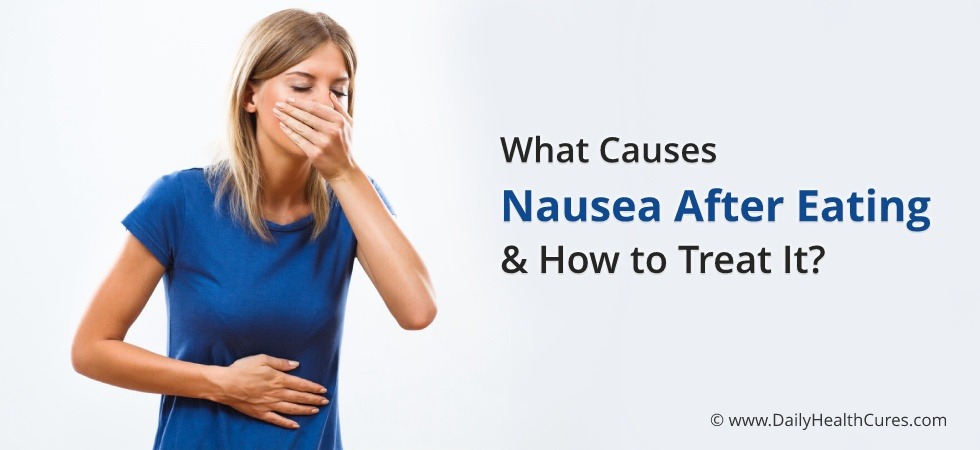

In addition to nausea, several other symptoms may accompany post-meal nausea, including: Nausea after eating may be a symptom of other underlying health conditions, such as diabetes, kidney disease, or liver disease.Īfter eating a meal, nausea can manifest in various ways, and its symptoms may differ depending on the individual and the underlying cause. Digestive conditions, such as irritable bowel syndrome (IBS) or gastroparesis, can cause nausea. Some people may experience symptoms after eating certain foods to which they are intolerant or allergic. Viral or bacterial infections such as the flu or gastroenteritis can trigger nausea, vomiting, and diarrhea. GERD occurs when stomach acid flows back into the esophagus, causing irritation and nausea following meals. Gastroesophageal reflux disease (GERD).Contaminated food can cause nausea, vomiting, and diarrhea.

Consuming too much food can put pressure on the stomach and cause nausea. There are several reasons why you may experience nausea following a meal, including: Nausea is a feeling of discomfort or unease in the stomach that can occur immediately after eating or after taking some time to develop. So, what causes this unsettling sensation, and what can you do to prevent it? Common Triggers for Post-Meal Nausea Whether it’s mild discomfort or a more severe reaction, the experience can be both frustrating and concerning. Nausea after eating is a surprisingly common issue that plagues people of all ages. Have you ever sat down to enjoy a delicious meal only to feel an unpleasant wave of nausea wash over you shortly after? If so, you’re not alone.


 0 kommentar(er)
0 kommentar(er)
